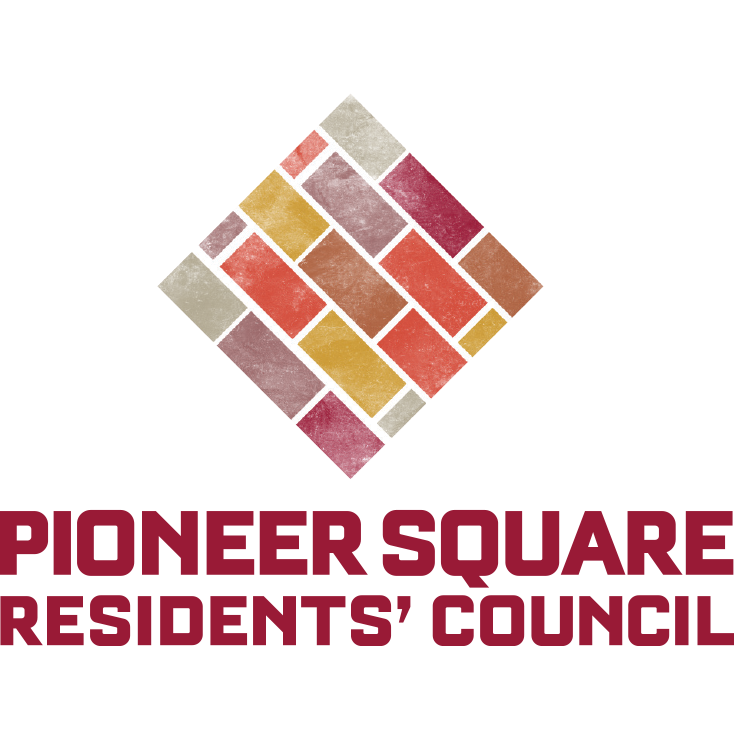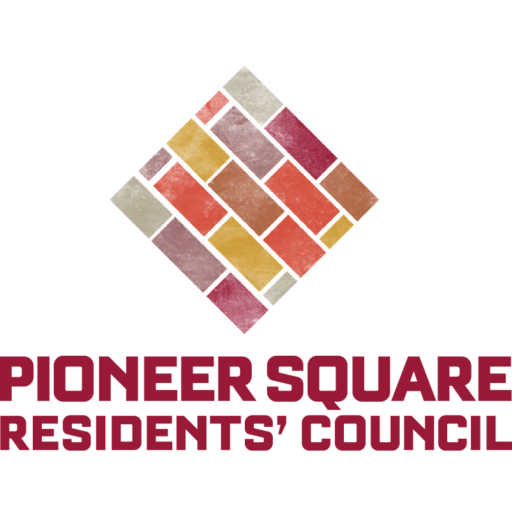22 Jan Revitalization Committee, Part 2: Economic
Sorry for the lack of posts, I was in Vancouver, BC on business — and surprisingly enough, they have a lot of the same problems we do: drugs, homelessness, and people who wear kilts. (c’mon Utilikilts… don’t get mad. I haven’t made fun of you in a while).
But I digress — this is a loaded post with lots of information.
Part two of the Revitalization Committee discusses the Economic side of Pioneer Square. Here’s the clip from Donovan Rypkema:
[youtube]http://www.youtube.com/watch?v=DbhMYB1AMzw[/youtube]
The following is from the Executive Summary from the Revitalization Committee:
The Sky is Falling: Anecdote vs. what the data says
There is a widely held perception that Pioneer Square is experiencing a major economic downturn and that the factors leading to that downturn are variables within Pioneer Square itself. The “proof by anecdote” is exacerbated by the very unfortunate departure of long time neighborhood anchor, Eliott Bay Books and by a series of press articles where quotations rather than data were presented as “facts.”
In fact, the evidentiary story is significantly different.
As part of this assignment, the consultant reviewed and analyzed the Gross Receipts data for Pioneer Square for the six year period, 2003 through 2008. To be clear, the data covered the “Urban Village” of Pioneer Square, which is somewhat larger than the Business Improvement Area for which the PSCA draws much of its funding. Nevertheless, examining this data provided some noteworthy information.
From 2003 through 2008, the US national economy (represented by the GDP) grew 30.1%
From 2003 through 2008, the Gross State Product of Washington grew 34.0%
From 2003 through 2008, the Gross Receipts of Pioneer Square grew 125.9%
Retailing is seen as both a major economic mainstay of the Pioneer Square business mix and as a segment that has been unusually adversely affected in recent years. Retailers, particularly independently owned businesses, are certainly among the hardest hit in this recession. But on a composite level over six years, Pioneer Square retailing fared better than did retailing nationwide.
From 2003 through 2008, retail sales in the United States grew 21.3%
From 2003 through 2008, retail sales in Pioneer Square grew 124.8%
There was a perception among some stakeholders that other Seattle commercial districts were significantly outperforming Pioneer Square. Again the data tells a different story.
From 2003 through 2008, the Gross Receipts of Chinatown/International District grew 35.1%
From 2003 through 2008, the Gross Receipts of 12th Avenue in the Capitol Hill neighborhood grew 57.2%
From 2003 through 2008, the Gross Receipts of Pioneer Square grew 125.9%
Perhaps most revealing from a future planning perspective is the nature of the businesses that are in Pioneer Square. The Gross Receipts data is organized through the use of the North American Industry Classification System (NAICS). Within Pioneer Square, there are in excess of 150 different business categories. As part of the analysis of the data, the consultant combined these classifications into 18 consolidated categories listed below.
The Gross Receipts from each of those consolidated categories was then compared for the years 2003 and 2008. For each category was calculated the percentage of contribution of that consolidated category to the entire Gross Receipts of Pioneer Square. The results are represented in the table below.
[table id=9 /]
There are a number of very interesting patterns that emerge from this data:
While Retailing and Food & Beverage are most often viewed as the core economic activity in Pioneer Square, the two together only constitute around 12% of the gross receipts, a share largely unchanged from 2003. This means that 88% of the gross receipts in Pioneer Square were neither retailing or food and beverage.
There has been a huge growth in the category of Personal Services. This includes such things as beauty salons and barbershops, but also tattoo parlors and health clubs. Not only did the gross receipts in that category grow significantly in the six years but also did the number of businesses which increased from 67 in 2003 to 113 in 2008.
The largest share of gross receipts comes from the business, professional and technical services category. This included such activities as attorneys’ offices, architects, accountants, and consultants.
This is exceedingly good news for the long term economic development in Pioneer Square. First, these are areas of economic activity that are growing nationally (as opposed, for example, manufacturing which is shrinking). Second, when combined with other categories represented (Medical, Computers, Publishing, Cultural, Medical et al) nearly half of the gross receipts in Pioneer Square are from “Knowledge Worker” or “Creative Class” activities. While definitions in the field vary, these are the types of activities that are on the top of the priority list for most economic development recruiters.
There is a downside, however. Many of the workers in these industries are largely “locationally indifferent” – that is they can do their work from virtually anywhere. They choose to live and work based not on where the port or mine or factory is, but based on the qualitative factors of their urban environment. The fact they currently choose to be in Pioneer Square is certainly a positive factor. But they are also able to move when a commercial district no longer fits their quality of life criteria. It is paramount, then, that the needs, interests and inputs of these groups be incorporated into the overall Pioneer Square strategies as soon as possible.









Pingback:The New Pioneer Square- Revitalization Committee, Part 2: Economic … | Drakz Free Online Service
Posted at 18:04h, 22 January[…] the rest here: The New Pioneer Square- Revitalization Committee, Part 2: Economic … Share and […]
Pingback:The New Pioneer Square- Revitalization Comittee, Part 3: Political – Blog Title
Posted at 12:29h, 26 January[…] Link to Part 1, Social Link to Part 2, Economic […]